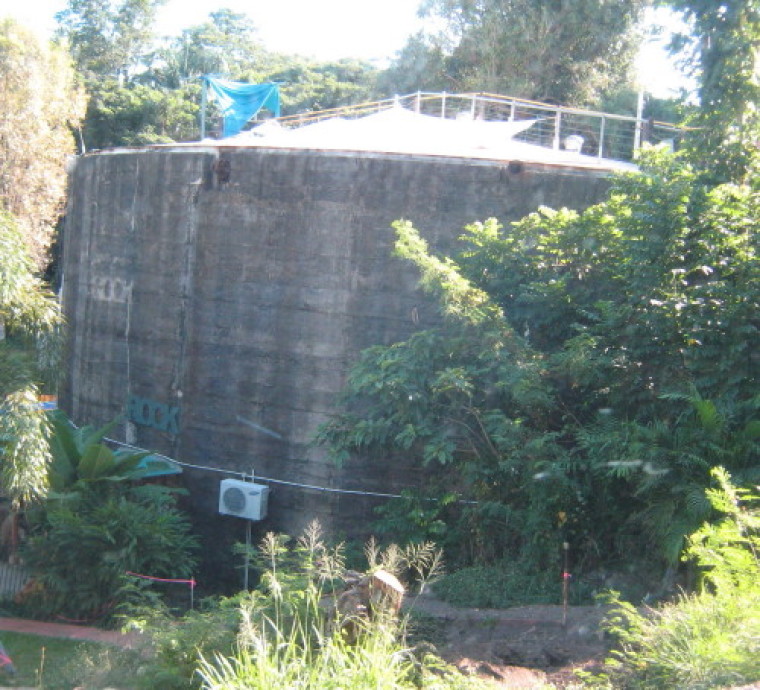
Easter
Easter has been celebrated with Good Friday and Easter Sunday (yesterday). The Astronomical Society of South Australia's provides the dates of Easter Sunday all the way back to 326AD. Easter Sunday is the Sunday following the Paschal Full Moon (PFM) date for the year.
In June 325 A.D. astronomers approximated astronomical full moon dates for the Christian church, calling them Ecclesiastical Full Moon (EFM) dates. From 326 A.D. the PFM date has always been the EFM date after March 20 (which was the equinox date in 325 A.D.)
The aim of the Easter Dating Method is to maintain, for each Easter Sunday, the same season of the year and the same relationship to the preceding astronomical full moon that occurred at the time of His resurrection in 30 A.D.
This was achieved in 1583 A.D. using skill and common-sense by Pope Gregory the 13th, and his astronomers and mathematicians, predominantly Lilius and Clavius, by introducing their new larger (revised) PFM Gregorian dates table. This replaced the (original) 326 A.D. "19 PFM dates" table in the Julian calendar.
Easter Sunday, from 326 A.D., is always one of the 35 dates March 22 to April 25.
www.assa.org.au/edm.html#Method
Christians celebrate Easter as an annual time of worship, to commemorate Good Friday when Jesus Christ was crucified; and then celebrate Easter Sunday because he rose again on the third day.
Anzac Day
Anzac in Australia on the other hand is on the 25th April every year as this was the date in which Australians landed on Anzac Cove, Gallipoli, Turkey in 1915. Although this was not a victory, it is considered the time when Australian and New Zealand soldiers fought the first major military action in their own right, and not part of the British army. It is perhaps a 'blooding' of the ANZAC troops in the First World War.
The Australian War Memorial says that ANZAC Day – 25 April – is probably Australia's most important national occasion.
When war broke out in 1914, Australia had been a federal commonwealth for only 13 years. The new national government was eager to establish its reputation among the nations of the world. In 1915 Australian and New Zealand soldiers formed part of the allied expedition that set out to capture the Gallipoli peninsula in order to open the Dardanelles to the allied navies. The ultimate objective was to capture Constantinople (now Istanbul in Turkey), the capital of the Ottoman Empire, an ally of Germany.
Although the Gallipoli campaign failed in its military objectives, the Australian and New Zealand actions during the campaign left us all a powerful legacy. The creation of what became known as the "ANZAC legend" became an important part of the identity of both nations, shaping the ways they viewed both their past and their future.
The 25th of April was officially named ANZAC Day in 1916. During the 1920s ANZAC Day became established as a national day of commemoration for the 60,000 Australians who had died during the war. In 1927, for the first time every state observed some form of public holiday on ANZAC Day. By the mid-1930s, all the rituals we now associate with the day – dawn vigils, marches, memorial services, reunions, two-up games – were firmly established as part of ANZAC Day culture.
www.awm.gov.au/commemoration/anzac/anzac_tradition.asp
Easter and Anzac
Easter and Anzac are seriously important in Australia. Easter highlights the assurance of Salvation and eternal life through the sacrifice of Jesus Christ. Anzac highlights the freedom we have in this wonderful country through the sacrifices of many in times of war and international conflict.
Monday's public holiday acknowledges the place that Easter holds for the nation, the Tuesday public holiday acknowledges the place that Anzac holds for the nation. This difference is very helpful. For the Christian all human commitments and sacrifices must be seen in the light of the supreme sacrifice of Jesus Christ.